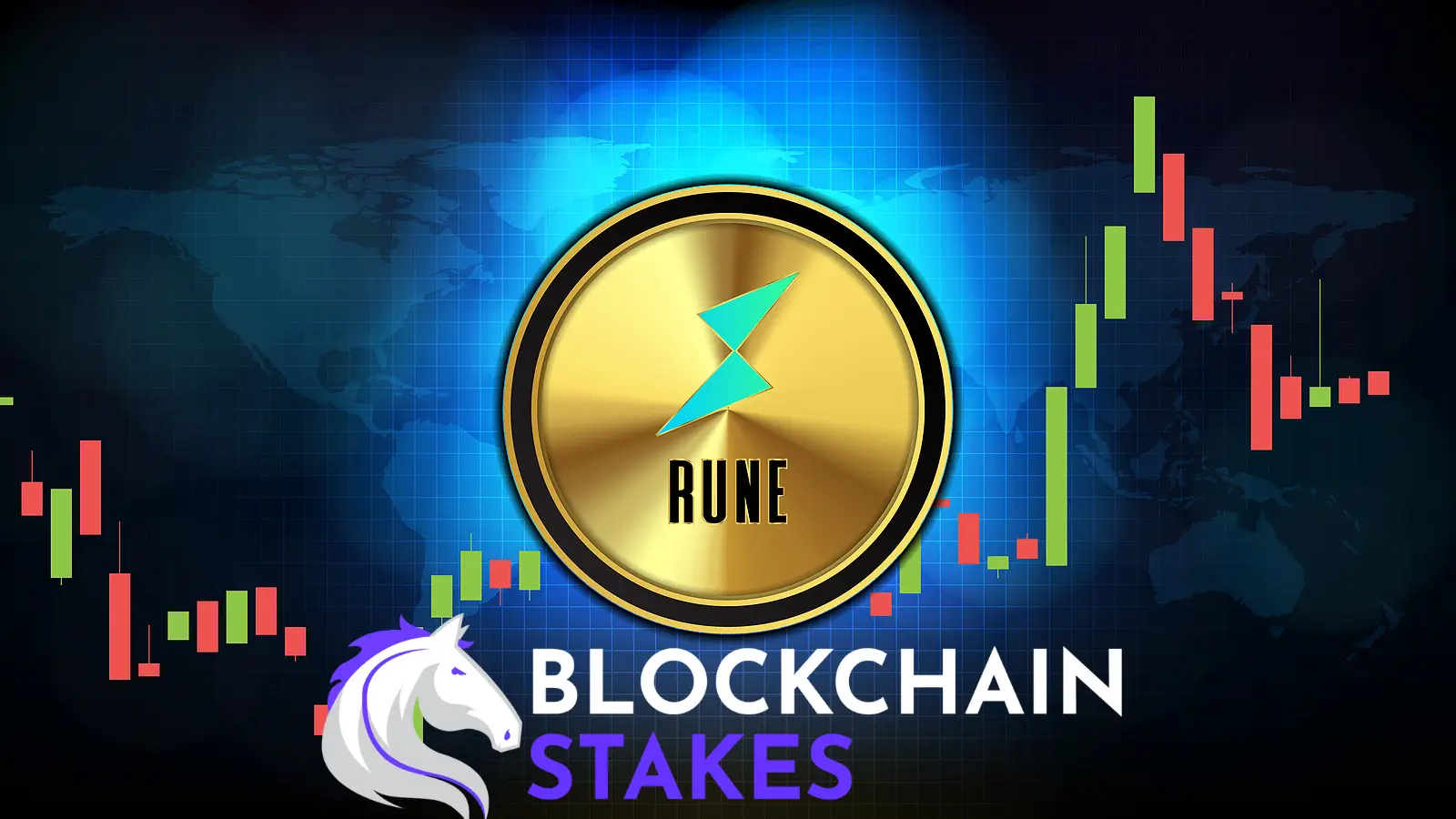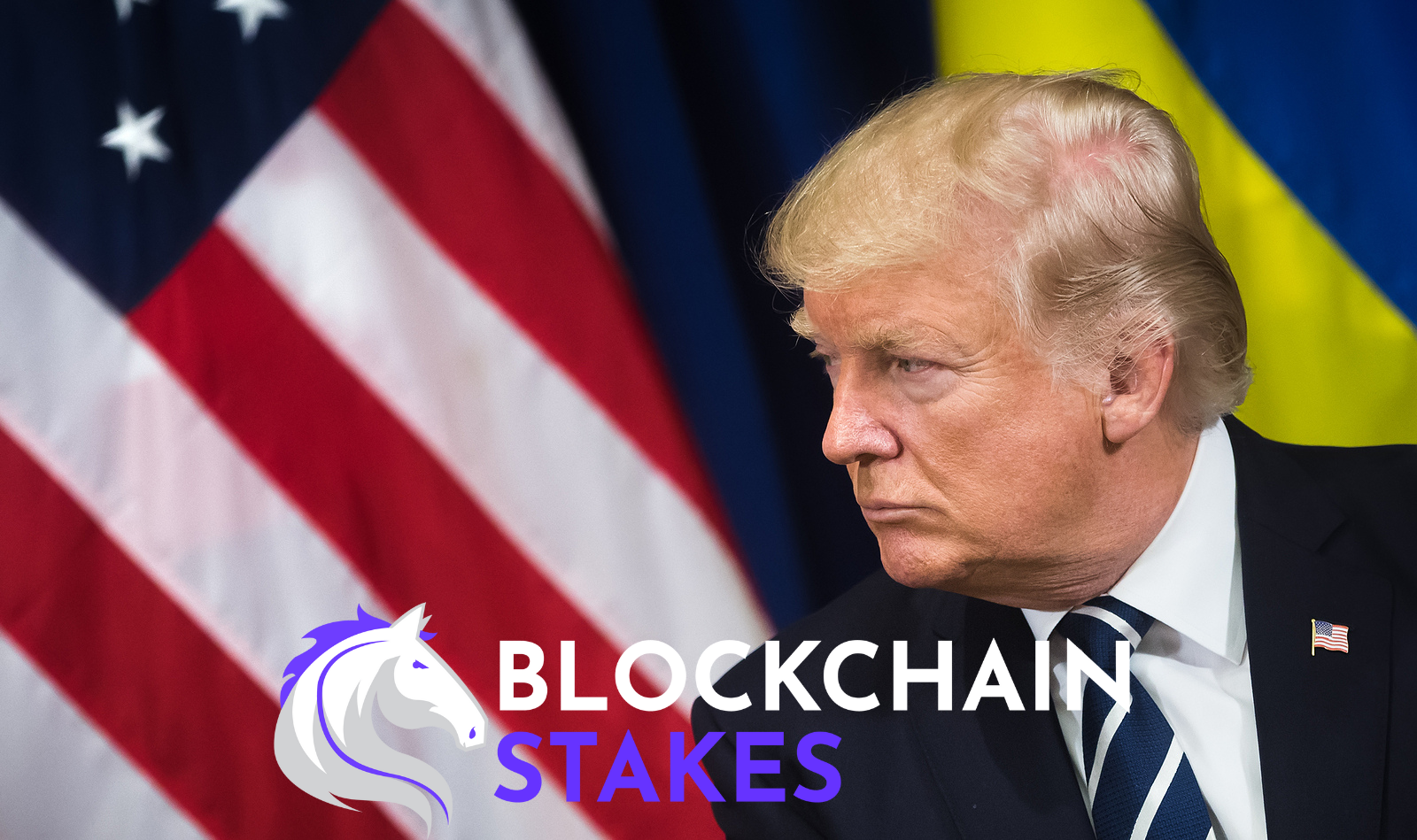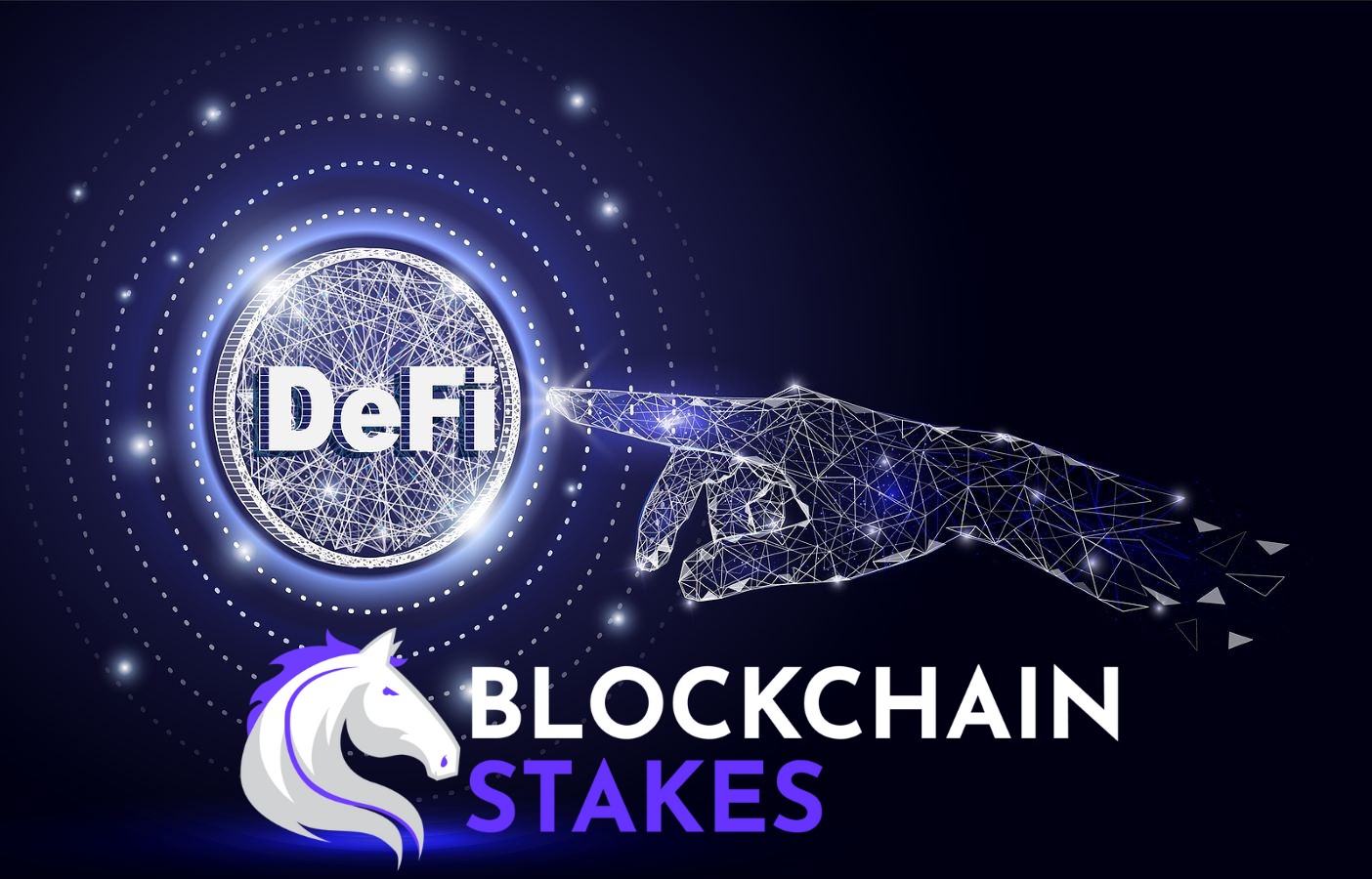Introduction
In the landscape of decentralized finance (DeFi), THORChain has emerged as a groundbreaking protocol, redefining how we think about asset exchanges and liquidity. Unlike traditional decentralized exchanges (DEXs) that often operate within the confines of a single blockchain, THORChain enables native asset swaps across multiple blockchains, offering users the ability to seamlessly exchange assets like Bitcoin, Ethereum, and others without relying on wrapped tokens or centralized intermediaries.
At the heart of this innovative ecosystem is RUNE, the native token of THORChain. RUNE plays a pivotal role in ensuring the functionality, security, and governance of the network. It acts as the settlement asset for liquidity pools, provides economic security through a unique bonding mechanism, and offers governance capabilities that empower users to have a say in the network’s operations.
This blog post delves deep into the THORChain ecosystem, exploring how it works, the critical functions of RUNE, and how THORChain stands out from other decentralized exchanges. We will also examine THORChain’s unique lending and borrowing options, which offer users interest-free loans with no risk of liquidation.
What is THORChain?
THORChain is a decentralized cross-chain liquidity protocol designed to facilitate native asset swaps across different blockchains without the need for wrapped tokens or centralized intermediaries. This innovative approach addresses one of the most significant challenges in the decentralized finance (DeFi) space: the ability to seamlessly exchange assets across various blockchain networks.
At its core, THORChain enables users to exchange native assets such as Bitcoin (BTC), Ethereum (ETH), Binance Coin (BNB), and others directly. This is achieved through its unique design, which supports native cross-chain swaps. Users can swap assets across supported blockchains like Bitcoin, Ethereum, BNB Chain, Avalanche, Cosmos, and Dogecoin, or deposit their assets to earn yield from swaps. This functionality eliminates the need for wrapped tokens, which are often used in other DeFi protocols to represent assets from different blockchains.
THORChain operates using a network of liquidity pools, each containing RUNE, the native token of THORChain, paired with another asset. These pools are managed by an automated market maker (AMM) model, similar to those used by other decentralized exchanges. However, THORChain’s requirement of a 1:1 ratio of RUNE to other assets in each pool sets it apart and ensures the stability and liquidity of the network.
One of the standout features of THORChain is its ability to provide true decentralized, trustless cross-chain transactions. This is particularly important in the DeFi space, where decentralization and security are paramount. By allowing users to swap assets without intermediaries, THORChain not only enhances the user experience but also increases the security and trustworthiness of the transactions.
In addition to its cross-chain swapping capabilities, THORChain supports a variety of other features that contribute to its robustness and appeal. These include a unique security model, flexible fee structure, and a diverse range of supported assets. Together, these features make THORChain a powerful tool for users looking to engage in decentralized finance in a seamless and secure manner.
THORChain is a revolutionary protocol in the DeFi space, offering native cross-chain swaps and a host of other features that set it apart from other decentralized exchanges. By eliminating the need for wrapped tokens and intermediaries, THORChain provides a more decentralized, secure, and efficient way for users to exchange assets across different blockchains.
The Role of RUNE in the THORChain Ecosystem
RUNE, the native token of THORChain, is integral to the functionality, security, and governance of the THORChain ecosystem. It serves multiple critical roles, ensuring the smooth operation and robustness of the network.
Settlement Asset
RUNE acts as the settlement asset for all liquidity pools within the THORChain network. Each liquidity pool requires a 1:1 ratio of RUNE to the other assets it contains. For instance, a liquidity pool that holds $100,000 worth of Bitcoin will also need to hold $100,000 worth of RUNE. This requirement ensures that RUNE remains a central part of every transaction and pool on the network, providing liquidity and facilitating seamless swaps between different assets.
Network Security
To secure the network, THORChain employs a unique bonding mechanism where node operators must bond twice as much RUNE as the value of the assets in the liquidity pools. This means if there is $1 million worth of assets in the liquidity pools, node operators must bond $2 million worth of RUNE. This substantial economic commitment incentivizes node operators to act in the network’s best interests, as they stand to lose their bonded RUNE if they engage in malicious activities. This bonding mechanism, known as “Proof of Bond,” is crucial for maintaining the network’s security and integrity.
Governance
RUNE also plays a vital role in the governance of the THORChain network. Users can vote with their liquidity—specifically, RUNE paired with other assets—to decide which pools become active. The pools with the most liquidity become operational, ensuring that the community has a say in the network’s direction and priorities. This decentralized governance model aligns the interests of liquidity providers with the overall health and growth of the network.
Incentives
RUNE is used to incentivize both liquidity providers and node operators. Block rewards, distributed on a set emission schedule, are paid out in RUNE. These rewards are in addition to the fees earned from facilitating swaps. By providing these incentives, THORChain ensures that there is always sufficient liquidity in the pools and that the network remains secure and efficient.
Transaction Fees
All swaps on THORChain incur both a fixed network fee and a dynamic slip-based fee, both paid in RUNE. The fixed fee covers the base cost of the transaction, while the dynamic fee is based on the slippage—the difference between the expected price of a trade and the actual price. This fee structure helps prevent various attack vectors, such as denial-of-service and sandwich attacks, by making it costly for attackers to manipulate the system.
Value Capture
The design of THORChain ensures that RUNE’s value is intrinsically tied to the total value locked (TVL) within the network. The minimum market capitalization of RUNE is calculated to be three times the value of non-RUNE assets in the liquidity pools. This deterministic value, combined with the speculative premium based on market sentiment and expectations, drives the demand and value of RUNE.
RUNE is not just a utility token; it is the lifeblood of the THORChain ecosystem. Its roles in settlement, security, governance, incentives, transaction fees, and value capture make it indispensable to the network’s operation and growth. As THORChain continues to expand and evolve, RUNE will remain at the heart of its decentralized financial infrastructure, aligning the interests of all participants and ensuring the network’s long-term success.
How THORChain Compares to Other DEXs
THORChain stands out in the decentralized exchange (DEX) landscape with its unique features and capabilities. While there are many DEXs available, such as Uniswap, SushiSwap, and PancakeSwap, THORChain offers distinct advantages that set it apart from the rest. Here’s a closer look at how THORChain compares to other DEXs:
Cross-Chain Swaps
One of the most significant differences between THORChain and other DEXs is its ability to facilitate native cross-chain swaps. Unlike Uniswap or SushiSwap, which primarily operate on the Ethereum blockchain and only support ERC-20 tokens, THORChain allows users to swap native assets across different blockchains. This means you can directly swap Bitcoin for Ethereum, Binance Coin, and other supported assets without the need for wrapped tokens or centralized intermediaries. This capability is a game-changer for users seeking a more seamless and decentralized trading experience.
Liquidity Pools
THORChain uses automated market maker (AMM) liquidity pools, similar to other DEXs. However, it requires a 1:1 ratio of RUNE to other assets in each pool. This means that for every dollar’s worth of another asset, there must be an equivalent amount of RUNE in the pool. This requirement ensures that RUNE is central to all liquidity operations, providing a stable and efficient market for swaps. In contrast, other DEXs like Uniswap and SushiSwap do not have such a requirement, which can lead to imbalances and less efficient liquidity provisioning.
Security Model
THORChain employs a unique “Proof of Bond” consensus mechanism to secure its network. Node operators are required to bond twice as much RUNE as the value of the assets in the liquidity pools. This substantial economic commitment incentivizes honest behavior and network security. In comparison, other DEXs rely on different security models, such as Ethereum’s proof-of-stake or proof-of-work mechanisms, which do not have the same direct economic bonding requirement tied to their native tokens.
Fee Structure
THORChain’s fee structure includes both fixed network fees and dynamic slip-based fees. The dynamic fee is based on the slippage—the difference between the expected price of a trade and the actual price. This helps to prevent certain types of attacks, such as denial-of-service and sandwich attacks, by making it costly for attackers to manipulate the system. Other DEXs, like Uniswap, typically charge a flat percentage fee on all trades, which may not be as effective in preventing these types of attacks.
Transaction Speed
The transaction speed on THORChain depends on the blockchains involved in the swap. For example, a swap from Bitcoin to Ethereum might take around 13 seconds, considering the finality times of the respective blockchains. This is relatively fast compared to many other cross-chain solutions, which can be slower due to the need for additional wrapping and unwrapping processes. In contrast, DEXs that operate within a single blockchain ecosystem, like Uniswap on Ethereum, only need to consider the transaction speeds of that single chain.
Asset Support
THORChain supports native assets from multiple blockchains, including Bitcoin, Ethereum, BNB Chain, Avalanche, Cosmos, and Dogecoin. This broad support allows users to trade a diverse range of assets within a single platform. In comparison, most other DEXs are limited to the assets available on their native blockchain (e.g., ERC-20 tokens on Uniswap). This makes THORChain a more versatile platform for users looking to trade across different blockchain ecosystems.
THORChain differentiates itself from other decentralized exchanges through its native cross-chain swaps, unique liquidity requirements, innovative security model, dynamic fee structure, and broad asset support. These features make THORChain a powerful and versatile platform for users seeking a more decentralized, secure, and efficient trading experience across multiple blockchains.
Lending and Borrowing on THORChain
THORChain offers a unique and innovative approach to lending and borrowing within the decentralized finance (DeFi) space. Unlike traditional DeFi lending platforms, THORChain’s lending mechanism is designed to be more user-friendly and less risky, providing features that set it apart from conventional lending protocols. Here’s a detailed look at how lending and borrowing work on THORChain:
Interest-Free Borrowing
One of the most compelling features of THORChain’s lending mechanism is the ability to borrow against your crypto assets without paying any interest. This is a significant departure from most DeFi lending platforms, which typically charge variable or fixed interest rates on loans. THORChain’s interest-free borrowing makes it an attractive option for long-term holders who want to unlock the value of their assets without incurring additional costs over time.
No Liquidations or Expirations
Unlike traditional DeFi lending protocols, which often involve the risk of liquidation if the value of your collateral falls below a certain threshold, THORChain’s system does not have liquidations or loan expiration dates. This means that users can borrow stablecoins against their assets without worrying about sudden market movements triggering a forced liquidation of their collateral. This feature provides peace of mind and stability, making it easier for users to plan and manage their finances.
Native Asset Collateral
THORChain allows users to deposit native Layer 1 assets like Bitcoin (BTC) and Ethereum (ETH) as collateral for loans. This is particularly advantageous for users who prefer to hold their assets in their native form rather than wrapped versions, which can introduce additional risks and complexities. By supporting native assets, THORChain ensures that users can leverage their holdings more securely and efficiently.
Fixed Loan-to-Value Ratio
Loans on THORChain are issued at a fixed 200% collateralization ratio, which corresponds to a 50% loan-to-value (LTV) ratio. This means that for every $100 worth of collateral, users can borrow up to $50 in stablecoins. This fixed ratio ensures a consistent and predictable borrowing process, reducing the complexities and risks associated with variable collateralization requirements found in other DeFi lending platforms.
USD-Denominated Debt
Although the collateral is provided in crypto assets, the debt is denominated in USD using THORChain’s internal stablecoin oracle called TOR. This approach simplifies the borrowing process and provides stability, as users’ debt is tied to the relatively stable value of the USD rather than the often volatile prices of cryptocurrencies.
Minimum Loan Term
THORChain’s lending mechanism includes a minimum loan term of 30 days. This encourages long-term deposits and stability within the protocol, benefiting both the borrowers and the overall network. The minimum term also ensures that the protocol can effectively manage and deploy collateral in liquidity pools, generating yield from swap fees.
Lending Caps
To ensure the sustainability and security of the lending system, THORChain implements lending caps. These caps limit the total amount of borrowing available to users, preventing the system from overextending and maintaining a balance between available liquidity and borrowed funds. This approach helps protect the network from potential liquidity crises and ensures the long-term health of the lending protocol.
Virtual Liquidity Pools
THORChain uses virtual pool depths for swaps between collateral and debt. These virtual pools adjust their depth during periods of high volatility to protect against price manipulation and ensure fair and efficient market operations. This mechanism enhances the stability and reliability of the lending and borrowing process, providing users with a secure environment for their financial activities.
Yield Generation
The protocol deploys the collateral deposited by borrowers into liquidity pools, allowing it to earn yield from swap fees. This yield generation mechanism is a key factor that enables THORChain to offer interest-free borrowing. By utilizing the collateral to earn returns, THORChain can maintain the system’s sustainability and provide benefits to both borrowers and the overall network.
Flexible Repayment
Debt on THORChain can be repaid using any asset supported by the protocol. The repaid asset is then swapped to TOR to settle the loan. This flexible repayment option makes it easier for users to manage their debt and provides additional convenience, as they are not limited to repaying in a specific asset.
THORChain’s lending and borrowing mechanism offers a user-friendly, risk-averse alternative to traditional DeFi lending platforms. With features like interest-free borrowing, no liquidations, native asset collateral, and flexible repayment options, THORChain provides a compelling solution for users looking to leverage their crypto assets in a secure and efficient manner. This innovative approach to lending and borrowing further enhances THORChain’s position as a leading player in the DeFi space, offering unique value propositions to its users.
Key Takeaways
THORChain represents a significant innovation in the world of decentralized finance, offering a suite of features that distinguish it from traditional decentralized exchanges (DEXs). Its unique capability for native cross-chain swaps, the essential role of the RUNE token in its ecosystem, and innovative lending and borrowing mechanisms collectively provide a comprehensive and versatile platform for cryptocurrency enthusiasts and traders.
RUNE, as the linchpin of THORChain, ensures efficient liquidity provisioning, network security, and governance, while also capturing value proportional to the network’s growth. The protocol’s ability to facilitate direct swaps between different blockchains without intermediaries addresses a critical gap in the DEX market, providing users with a more seamless and decentralized trading experience.
When compared to other DEXs, THORChain’s distinctive features—such as its cross-chain capabilities, dynamic fee structure, and robust security model—set it apart as a leader in the space. The introduction of a unique lending mechanism that allows interest-free borrowing, no liquidations, and native asset collateral further enhances its appeal, catering especially to long-term crypto holders.
THORChain’s design not only advances the current state of decentralized exchanges but also lays the foundation for future developments in DeFi. Its innovative approach to solving common issues faced by users and its commitment to security and efficiency position it as a formidable player in the evolving cryptocurrency landscape.
As THORChain continues to grow and evolve, its unique features and robust ecosystem promise to offer significant value to its users, making it a compelling option for those looking to engage in decentralized trading and financial activities. Whether you are a seasoned trader or a new entrant to the world of DeFi, THORChain provides the tools and capabilities to navigate complex and dynamic crypto markets effectively.

















